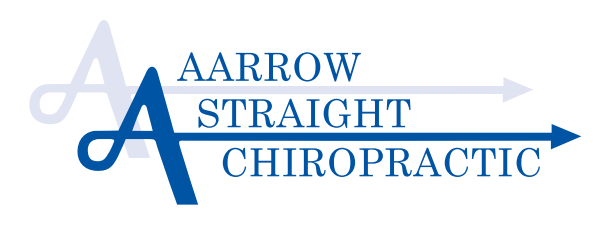
Shoveling snow can be a physically demanding task, and if not done correctly, it can lead to injuries such as strained muscles, back pain, and even more serious conditions. Here are some techniques to shovel snow without injuring yourself.
Avoid Injury When Shoveling
1. Warm-up exercises: Before you start shoveling, it is essential to warm up your muscles. Perform some light aerobic exercises or stretching to increase blood flow and loosen up your muscles.
2. Choose the right shovel: Opt for a shovel that has a curved handle and is the appropriate length for your height. A lightweight shovel made of plastic or aluminum can reduce the strain on your body.
3. Use proper lifting techniques: When lifting snow, bend at the knees rather than your back. Keep your feet shoulder-width apart, maintain a straight back, and lift with your leg muscles. Avoid twisting your body while carrying a loaded shovel; instead, pivot your entire body by taking small steps.
4. Push rather than lift: Whenever possible, push the snow instead of lifting it. Use your legs to provide the force needed, and make sure to take breaks regularly to avoid excessive strain.
5. Take frequent breaks: Shoveling snow is physically demanding, so take breaks every 15-20 minutes or when you feel fatigued. Use this time to stretch your muscles and drink plenty of water to stay hydrated.
Chiropractic Care for Injury
Chiropractors are healthcare professionals who specialize in diagnosing and treating conditions that affect the musculoskeletal system, particularly the spine. Read more to learn how chiropractic care can help when you have injured yourself while shoveling snow.
1. Spinal adjustments: Shoveling snow can put significant strain on your back, leading to misalignments in your spine. Chiropractors use spinal adjustments, also known as spinal manipulations, to realign the vertebrae and restore proper nerve function. This can reduce pain, inflammation, and promote healing.
2. Soft tissue therapy: Snow shoveling injuries often involve strained or sprained muscles, tendons, and ligaments. Chiropractors recommend and may offer various soft tissue techniques such as massage, stretching, and myofascial release to alleviate muscle tension and promote healing.
3. Rehabilitation exercises: Chiropractors may prescribe specific exercises and stretches to strengthen weakened muscles and improve flexibility. These exercises help restore range of motion, prevent future injuries, and enhance overall physical well-being.
4. Lifestyle and ergonomic advice: Chiropractors offer guidance on ergonomics and proper body mechanics during activities like shoveling snow. They can teach you how to minimize strain on your spine and joints, helping you prevent injuries in the future.
Employing proper techniques when shoveling snow will help prevent injuries. Should you injure yourself it is important to consult a qualified chiropractor who can assess your condition and provide personalized treatment and advice based on your specific needs and injuries.
Contact Aarrow Straight Chiropractic to help heal your injury and regain your spinal health.
